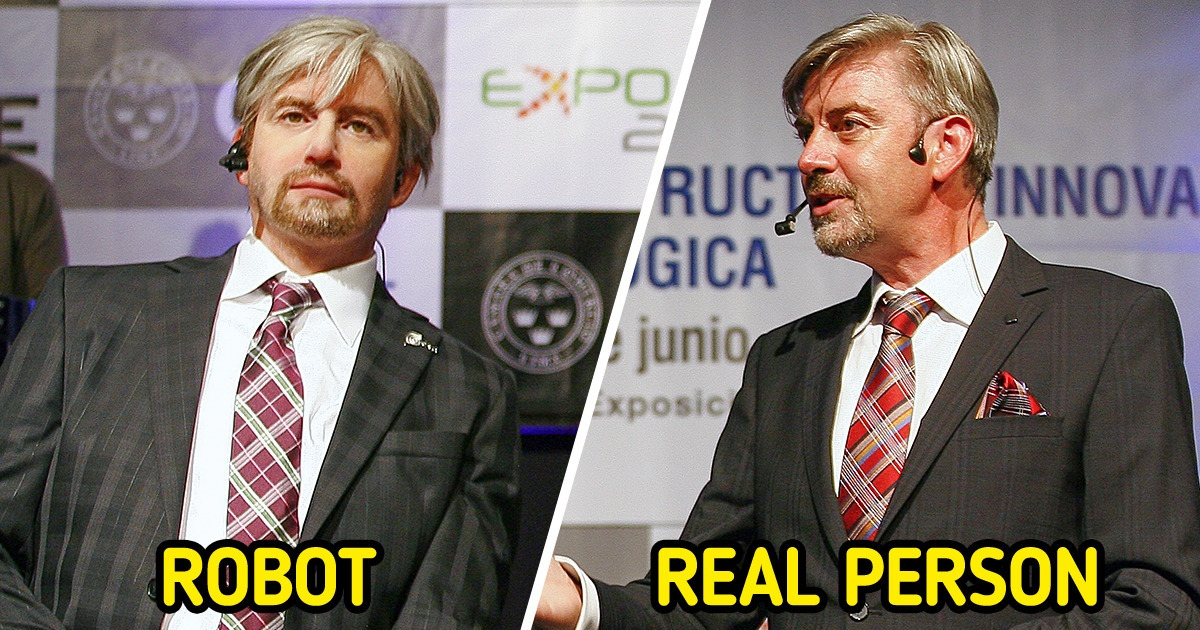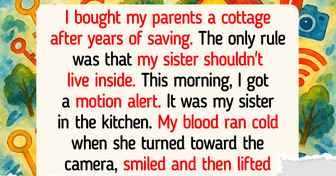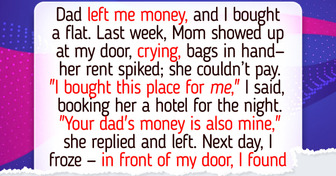19 Pictures That Prove Tidying Up a Space Can Make a World of Difference


They haven’t taken over the world yet, but they have been a massive part of our lives since the Industrial Revolution. We groomed and raised them, and now they are becoming their own person. For our curious ones, here’s a brief history of robots that have been curated by NASA. However, rumor has it that Da Vinci designed the first humanoid robot: it was a knight moving like there was a real person inside. Still, we have no confirmation of whether it was actually produced.
We at Bright Side got curious about where we currently are in robotics, excitedly awaiting their takeover of the world, and we made a collection of robots that are the most similar to us.
Have an allergy? Is caring for pets too much responsibility? She runs on batteries and doesn’t need to go out to use the bathroom. Jennie the Therapy Dog is exactly like your friend’s pet. She is warm, you can pet her, and play with her just like she is a real dog.
The creator was inspired to create Jenny when his mother was diagnosed with Alzheimer’s and had to give up her dog. So he aimed to create a substitute with a therapeutic benefit for people with disorders. Even if Jenny looks a bit creepy now, the future looks promising for people who are animal lovers, but who can’t have a real pet.
In Henn Na Hotel, you are treated by Multilingual Hospitality Expert Robots, as they staff their almost entire staff of employees using AIs. The hotel gets worldwide attention from travelers and adventurers. Unfortunately for the AIs, half of them got fired after they failed to successfully interact with people and required humans even in their most basic tasks. Maybe the world is not there just yet.
It takes its name and likeness from Danish professor Henrik Scharfe, down to the way he shrugs his shoulders. His theatrical facial expressions make you think that he’s one of us. But Scharfe and colleagues tell us that his purpose is to advance in the fundamental questions of life — android science and philosophy. Oh, and by the way, which one do you think the Geminoid is?
She remembers your past conversations and will become your tireless conversation person. With 27 degrees of freedom for facial expressions and upper body movements, Nadine remembers facts and events related to each person she meets.
She also helps people with special needs by reading stories, showing images, putting them on Skype sessions, sending their emails, and communicating with other members of the family. Her personality is so versatile, she can play both the role of a receptionist or a devoted personal coach.
HRP-4C made her debut in 2010. Even though her moves are not very human-like, the research here looks promising. You can have a singing and dancing robot at your wedding in a couple of years from now.
Seeing her dance with humans as her back dancers show us that our world is moving toward a strange place. Soon enough, they may take over the entire entertainment industry.
This one was developed by UC San Diego, Kokoro, and Hanson Robotics in 2013 to study the cognitive development of babies, more specifically the development of sensory motor intelligence from a computational point of view. Ignoring his large not-so-human-like head, he interacts with people exactly like a toddler would. All for science!
She went viral in 2016 and seems promising for the future of robots, except for her statement on putting an end to our species. Besides that, Sophia can replicate human expressions, recognize faces, process visual data, conduct research, advocate for important causes, and so much more.
The latest news we’ve received about her is that she was going into mass production. Looks like we are going to see a lot of Sophias around sooner than we thought.
They’ve discovered the beauty of art. Ai-da is the first AI to draw a self-portrait. A soulful human, one would say. What gives Ai-da away is her visible, mechanical arms.
Ai-da once created live art on a Ted Talk, leaving the audience fascinated with her artistic expression. She is a “performance artist” and she even regularly shares her work on her Instagram, like an actual artist.
What do you think is a feature the robots are still missing but that we need in our lives?











